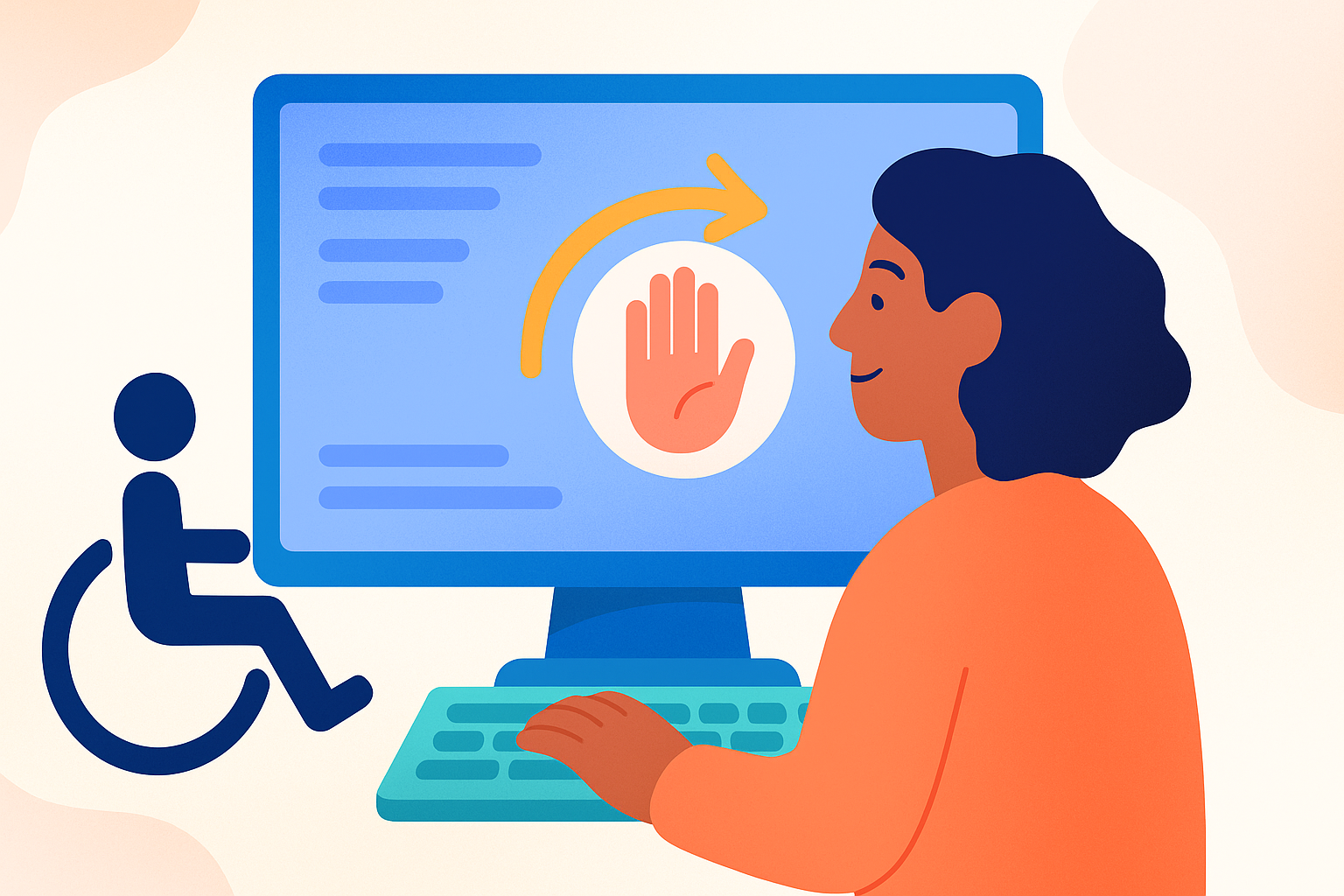


Assistive Technology (AT), also known as assistive software, refers to specialized tools and programs designed to support individuals with disabilities in performing daily tasks and improving accessibility. These technologies include screen readers, speech recognition software, and alternative input devices that help users overcome challenges related to vision, hearing, mobility, or cognitive impairments. By providing customized support, AT empowers users to engage more fully in educational, professional, and social environments. Common synonyms include adaptive technology and accessibility software, both aimed at enhancing independence and productivity for people with diverse needs.
Begin by identifying the specific needs of the user to select the most suitable AT tools. Install software or set up devices following manufacturer instructions, and customize settings to match individual preferences. Regularly update the software to maintain functionality and security. Encourage ongoing training and support to maximize benefits, and review usage periodically to adapt as needs evolve.
Disclo streamlines requests, documentation, and tracking for Assistive Technology (AT) or Assistive Software, so HR teams and employees spend less time on paperwork and more time working productively.
